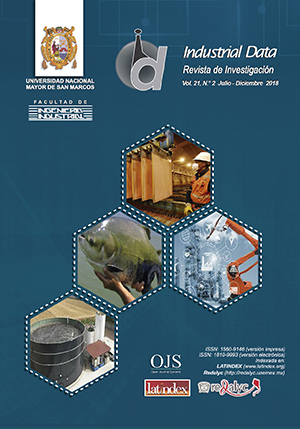Estimating energy savings and greenhouse gas emission reductions from energy rating and disclosure policies
DOI:
https://doi.org/10.15381/idata.v21i2.15603Keywords:
Energy, benchmarking, disclosure, causal inferenceAbstract
The purpose of this paper is to estimate the energy savings and greenhouse gas emission reductions from energy rating and disclosure policies in New York City. During the first six year of the policy, the City saw a cumulative energy savings of 10.8% and cumulative GHG reductions of 8.5%. However, these gross changes cannot necessarily be attributed to the benchmarking and transparency policies. In order to estimate the “counterfactual” scenario – what would have happened if the policy was not implemented, we use a combination of Difference-in-Difference Estimation and Propensity Score Matching. Based on this model, we conclude that the disclosure of Energy Star Scores to the public did not have a significant effect on energy savings and GHG emissions reductions for multifamily buildings.Downloads
Downloads
Published
Issue
Section
License
Copyright (c) 2018 Fátima Uriarte Cáceres

This work is licensed under a Creative Commons Attribution-NonCommercial-ShareAlike 4.0 International License.
AUTHORS RETAIN THEIR RIGHTS:
a. Authors retain their trade mark rights and patent, and also on any process or procedure described in the article.
b. Authors retain their right to share, copy, distribute, perform and publicly communicate their article (eg, to place their article in an institutional repository or publish it in a book), with an acknowledgment of its initial publication in the INDUSTRIAL DATA.
c. Authors retain theirs right to make a subsequent publication of their work, to use the article or any part thereof (eg a compilation of his papers, lecture notes, thesis, or a book), always indicating the source of publication (the originator of the work, journal, volume, number and date).






